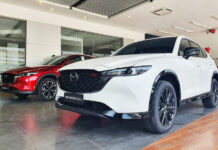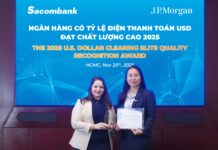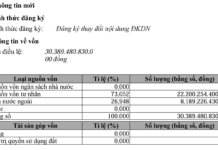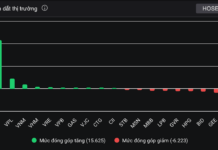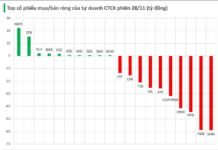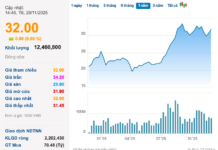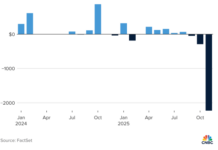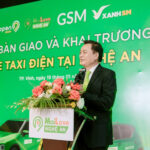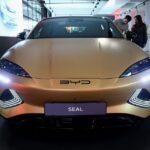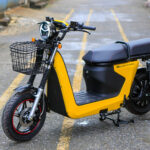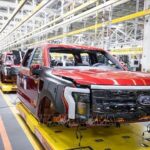
Here’s an insightful conversation between host Đăng Việt and journalist Nguyễn Thúc Hoàng Linh on the topic…
Since its launch in Vietnam, the Wuling Mini EV has received a lot of negative feedback from the community. Is the car really that bad, or is it unfairly judged?
In my opinion, the Wuling Mini EV is not a terrible car. Its success in the Chinese market, as evidenced by its impressive sales figures, supports this. However, it’s not uncommon for a vehicle to perform well in one market and struggle in another, and we’ve seen this happen with various products over the years.
The Wuling Mini EV has faced a significant amount of criticism, but I believe the source of this criticism doesn’t lie with the car itself. On the contrary, these negative sentiments often stem from peripheral issues and, more specifically, the handling of its public relations and marketing strategies.
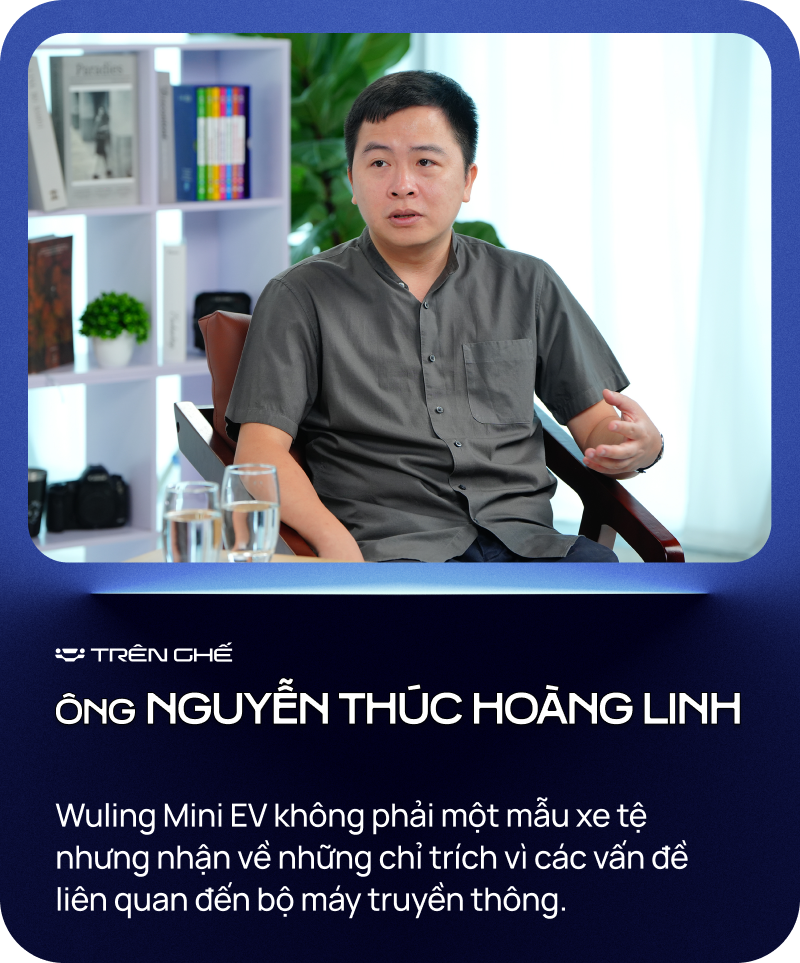
When discussing the product itself, the Wuling Mini EV is quite a unique offering in the Vietnamese market. One could say it has opened up an entirely new segment, which has garnered a lot of interest, especially with the country’s rapid urbanization. In large cities, not everyone has a garage or ample parking space, and narrow roads can make driving a larger vehicle challenging.
However, the Wuling Mini EV faces several obstacles in Vietnam, ranging from consumer preferences to legal issues.
In terms of consumer tastes, many Vietnamese view cars as assets or investments. As a result, when purchasing a vehicle, they consider factors such as resale value, durability, and safety. Being a relatively unknown brand from China, Wuling faces an uphill battle in gaining the trust of Vietnamese consumers.
Additionally, owning a car in Vietnam entails registration and inspection procedures, as well as daily parking fees. So, while the Wuling Mini EV may be affordable to purchase, these additional costs can quickly add up for daily users.
In contrast, countries like those in Europe and China have policies that favor electric vehicles. For example, they may have dedicated lanes for electric cars or prioritize small cars in urban areas. These conditions provide a more conducive environment for small electric cars like the Mini EV to thrive. Unfortunately, Vietnam lacks similar supportive policies, and since the Mini EV is classified as a car, it faces the same restrictions as larger vehicles.
Furthermore, Wuling’s marketing claim that the Mini EV has “millions of charging stations” because every household electrical outlet can be used as a charging point is, from a PR perspective, a creative idea. However, in practice, this doesn’t offer a significant advantage.
As I’ve mentioned before when discussing Haval, Chinese car brands need to find a unique selling point to capture the attention of and convince Vietnamese consumers. Wuling faces a similar challenge, as their strengths are undermined by the market, and they haven’t yet found another compelling differentiator.

In my opinion, Wuling can leverage some of its advantages. For instance, being a very youthful brand, they can create vibrant and dynamic imagery, even incorporating animation or cartoon elements. I applaud VinFast for their use of animation and colorful paint schemes and accessory options in their VF 3 marketing, as it resonates well with their target audience.
We are starting to see some Wuling Mini EVs on the road with rabbit ears or pink paint jobs, but these are still quite rare. Wuling has partnered with a taxi company to increase the visibility of their cars, but this strategy hasn’t been very effective, as the Mini EV isn’t the most practical choice for daily taxi use.
Therefore, I believe Wuling needs to come up with more realistic and effective strategies.
With VinFast VF 3 set to make waves in the market, what are the chances for the Mini EV now?
From the outset, I think we should view the use of small urban cars like the Wuling Mini EV similarly to how we use our phones. We keep them handy, and when we need them, we take them out and use them. However, if we treat them like traditional cars, leaving them parked on the street or in a lot without access to charging stations or even a simple power outlet, it becomes challenging.
The Wuling Mini EV could find its niche in eco-cities or tourist areas. For example, seaside towns could offer these cars for rent to visitors, or a real estate developer could partner with Wuling to provide vehicles for residents of their eco-friendly community.
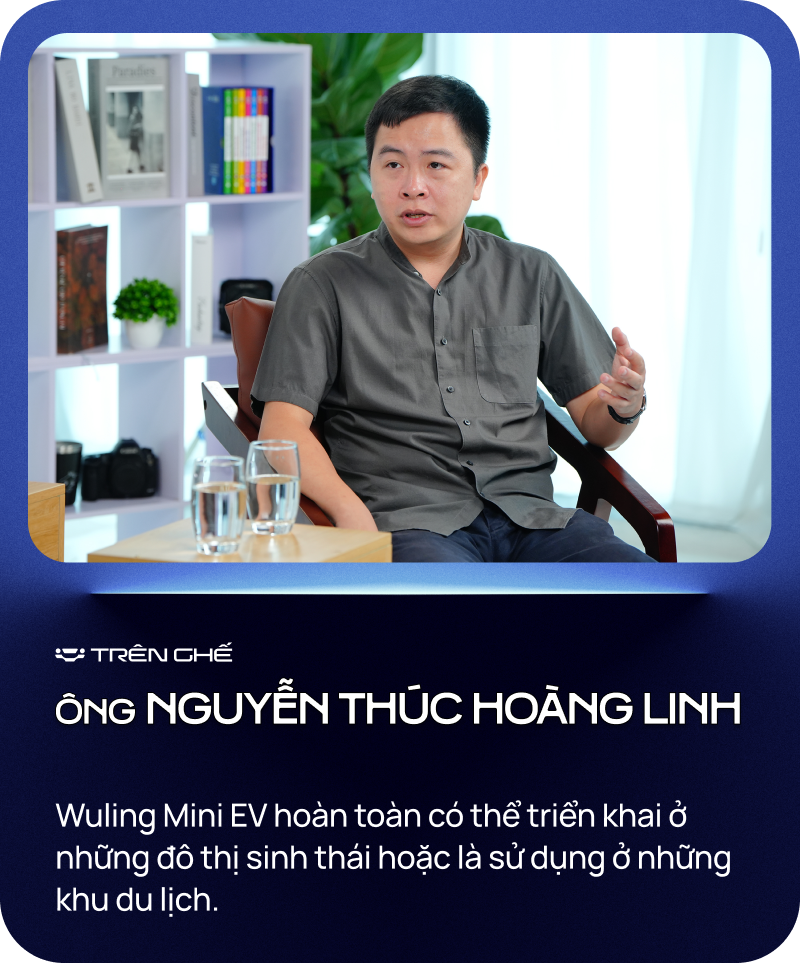
Wuling has marketed the Mini EV as a potential replacement for motorcycles. What are your thoughts on this approach?
I believe that the transition from motorcycles to cars is an inevitable global trend. In fact, about 5-7 years ago, several major car brands mentioned this very topic in the Vietnamese market. However, for mini cars like the Wuling Mini EV to truly replace motorcycles in Vietnam, we’re looking at a long and challenging journey.
First and foremost, we need supportive policies, as I mentioned earlier.
Secondly, these mini cars need to offer convenience in daily life. Motorcycles can navigate narrow alleys and tight spaces, giving them an advantage in terms of flexibility.
Lastly, there’s the matter of price. Even though the Wuling Mini EV is one of the most affordable cars on the market, its price of nearly 200 million VND is significantly higher than a typical motorcycle, which costs around 20 million VND.
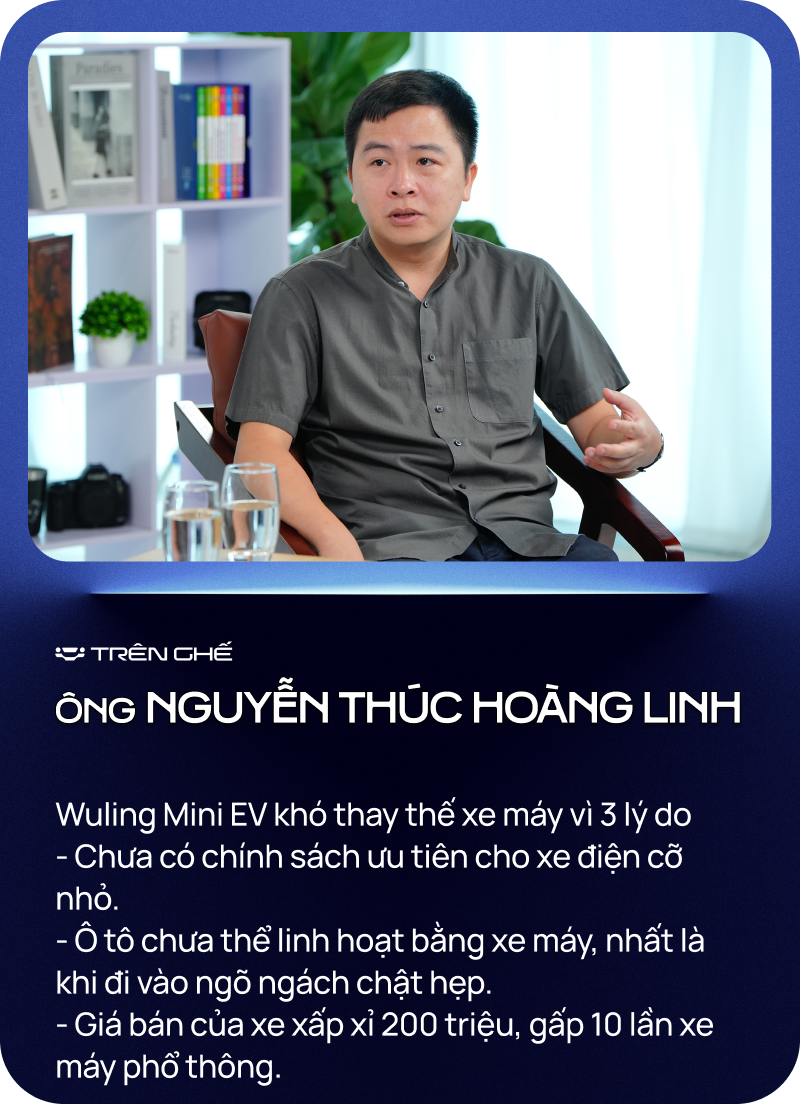
Wuling has announced an upcoming larger model. In your opinion, what should TMT Motors do to avoid repeating the mistakes made with the Mini EV?
Based on what we know so far, Wuling’s new model has a more distinct character and is better aligned with Vietnamese consumer preferences than the Mini EV. This presents an opportunity for TMT Motors and the Wuling brand to reinvent themselves. I believe the manufacturer and distributor should develop a comprehensive plan and create a fresh image for this new model, rather than relying on traditional approaches.
Additionally, Chinese car manufacturers should provide suggestions and create demand among consumers. As a tech leader once said, “People don’t know what they want until you show it to them.” So, for unique vehicles like the Mini EV, manufacturers need to create a desire for them by establishing a distinct style that leaves a lasting impression.
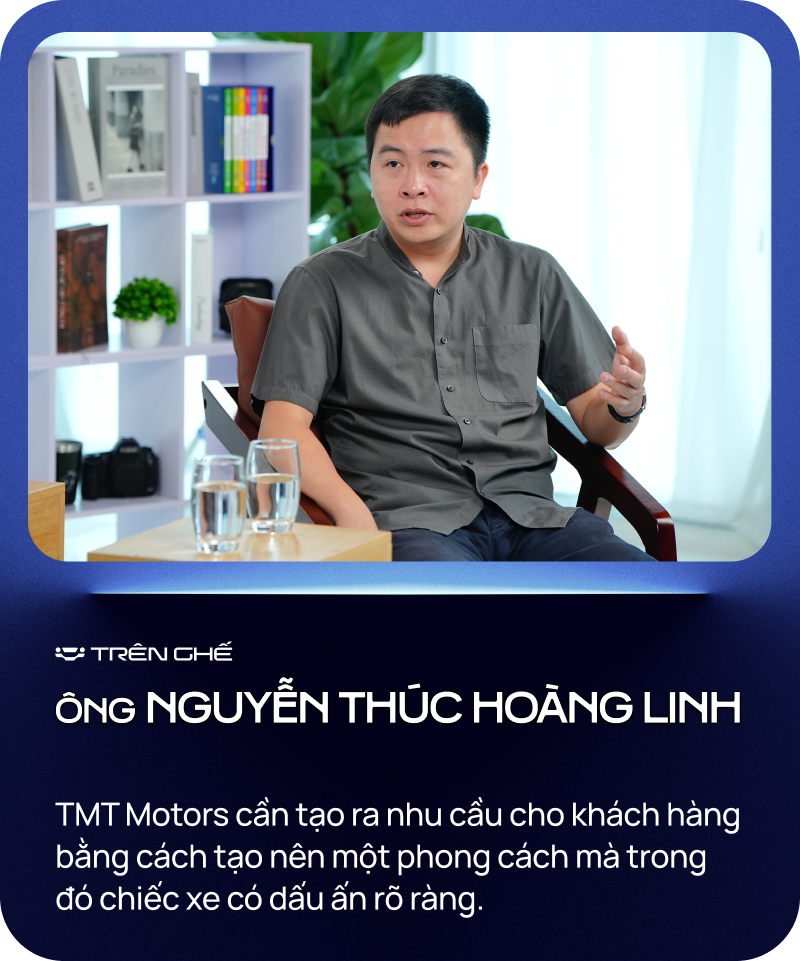
Thank you for your insights today.
The Trên Ghế program is a collaboration between Ho Chi Minh City Television and VCCorp; in cooperation with AutoPro; with commercial exploitation by AdWheel; and sponsored by Giovanni.
Largest taxi company in Nghệ An cancels car purchase contract with Toyota to switch to VinFast
Mr. Ho Chuong, CEO of Son Nam International Transport Co., has recently disclosed that he had previously signed contracts to purchase gasoline-powered vehicles from a Japanese car manufacturer. However, he has since diversified his investment portfolio by also venturing into VinFast electric vehicles, in order to embrace long-term and sustainable development.
Drivers only need to pay a deposit of over 2 million VND to buy Selex Motors electric motorcycles
Selex Motors has partnered with the United Nations Development Programme (UNDP) in two projects to provide smart financial support packages for drivers of delivery companies when purchasing the Selex Camel electric motorcycles in Hue and Ho Chi Minh City.



